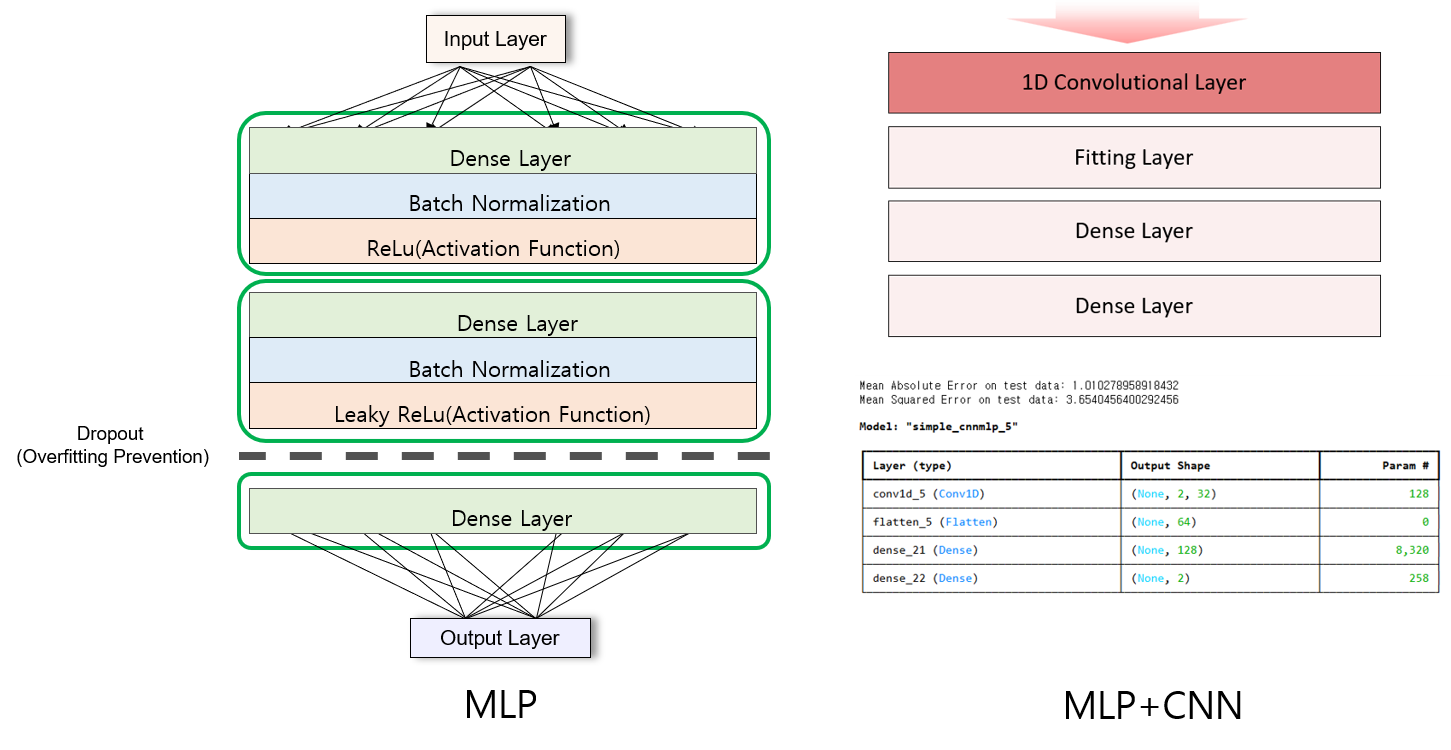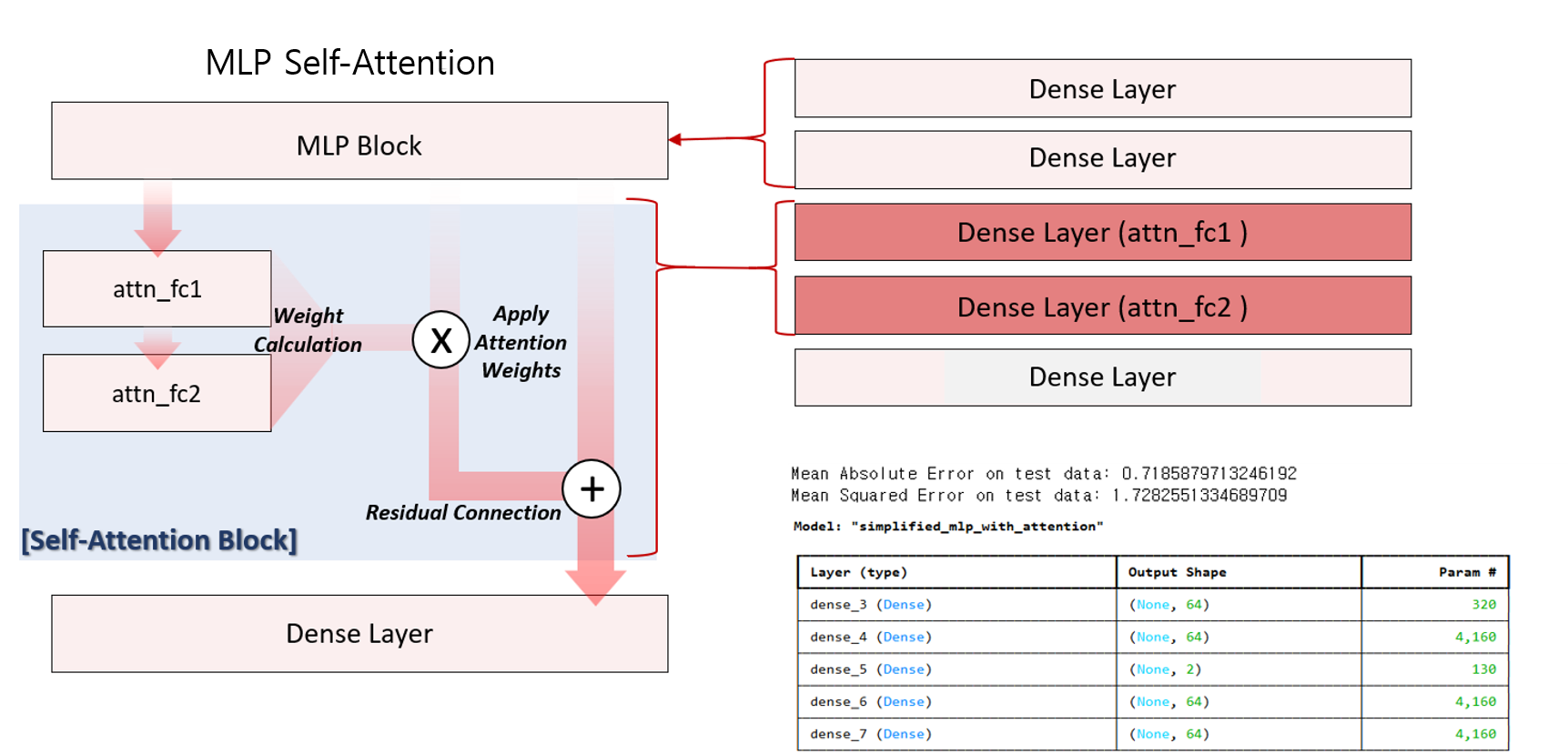2024) Predicting Turbo Performance
(2024.06 - 2024.12)
Predicting the Performance of Compressor/Blower Systems using AI
Performance maps are a popular tool for analyzing and predicting the operating characteristics of a turbine, such as efficiency, pressure ratio, and flow rate. They are critical to system evaluation because they provide insight into how a turbine performs under different operating conditions. By visually representing performance metrics through performance maps, users can identify the optimal operating range and run blowers accordingly in industrial applications. When blower performance maps rely solely on real-world data, they are often inefficient due to the limited number of data points, which prevents accurate comparisons and predictions. Therefore, it is common to use linear interpolation or curve fitting to make the data a little denser based on the acquired data. In this project, we created and presented three AI models to predict performance and compared the results with predictions using a linear regression curve.
Proposed Model Architecture
Developed 3 backpropagation neural network architectures


Results
| Polynomial Fitting | MLP | CNN + MLP | Self Attention | |
|---|---|---|---|---|
| MAE | 75.1555 | 11.7533 | 11.6837 | 11.6079 |
| Flow Rate MAE | 10.506 | 3.8732 | 3.7618 | 3.7711 |
| Power MAE | 139.805 | 19.6333 | 19.6055 | 19.4446 |
| Flow Rate (%) | 93.9665 | 97.8463 | 97.9082 | 97.9030 |
| Power (%) | 96.8410 | 99.5472 | 99.5479 | 99.5516 |
Experiments showed that the proposed models outperformed the traditional polynomial method. In addition, the models that reflect the relationships within a piece of data were more effective in training.